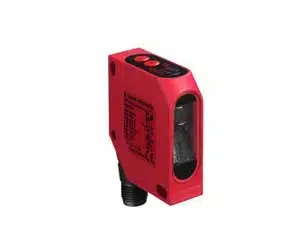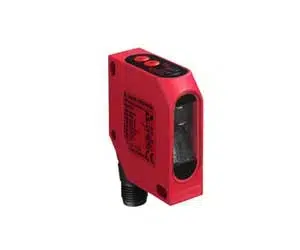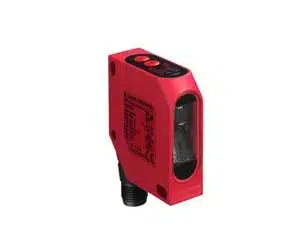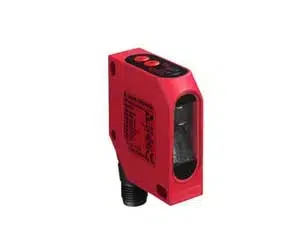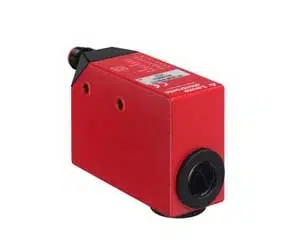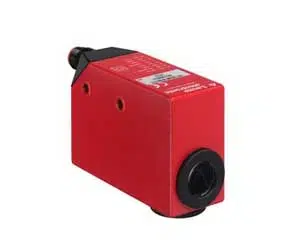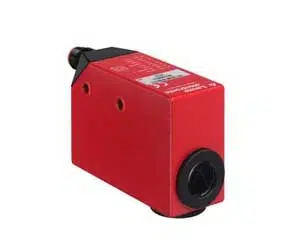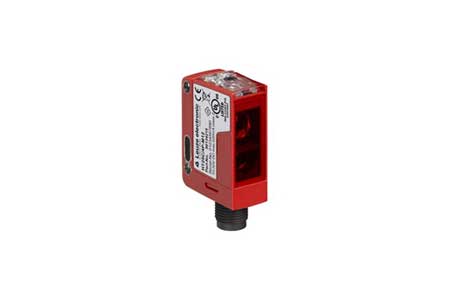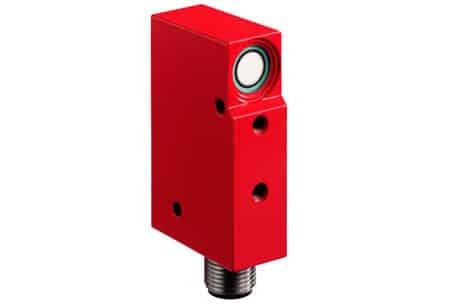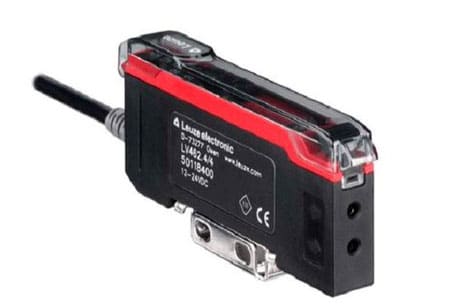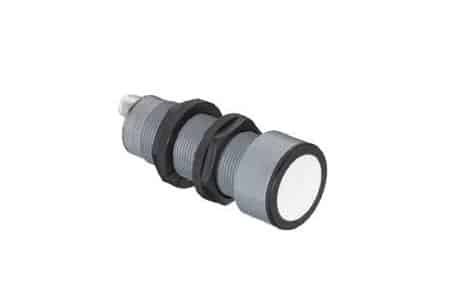Leuze Color Sensors: Color Mark Sensor CRT 448, CRT 20B
IndMALL Automation, a leading provider of Leuze products, offers a range of Leuze Color Sensors that detect colors by comparing to a stored reference value. Our selection includes the latest models of Leuze Color Mark Sensors, known for their accuracy and reliability. Get the best prices on Leuze Color Mark Sensors in Chennai, Coimbatore, Hyderabad, Bangalore, Pondicherry, and across India.
CRT 448.S3/444-M12 | 50121294
- Part no.: 50121294
- Series: 448
- Application: Detection of three colors
- Operating range, max.: 12 … 32 mm
- Light source: LED, White
- Light spot size: 4 mm
- Supply voltage UB: 12 … 28 V, DC
CRT 448.S3/222-M12 | 50121293
- Part no.: 50121293
- Series: 448
- Application: Detection of three colors
- Operating range, max.: 12 … 32 mm
- Light source: LED, White
- Supply voltage UB : 12 … 28 V, DC
- Switching Frequency: 500 Hz
CRT 448.L3/444-M12 | 50121292
- Part no.:50121292
- Series: 448
- Application: Detection of three colors
- Operating range, max.: 18 … 22 mm
- Light source: LED, White
- Supply voltage UB : 12 … 28 V, DC
- Switching Frequency: 500 Hz
CRT 448.L3/222-M12 | 50121291
- Part no.:50121291
- Series: 448
- Application: Detection of three colors
- Operating range, max.: 18 … 22 mm
- Light source: LED, White
- Supply voltage UB : 12 … 28 V, DC
- Switching Frequency: 500 Hz
CRT 20B M/P-60-004-S12 | 50109601
- Part no.:50109601
- Series: 20B
- Application: Detection of four colors
- Operating range, max.: 51 … 69 mm
- Light source: LED, RGB
- Supply voltage UB : 10 … 30 V, DC
- Switching Frequency: 3,500 Hz
CRT 20B M/P-12-004-S12 | 50109600
- Part no.: 50109600
- Series: 20B
- Application: Detection of four colors
- Operating range, max.: 9.5 … 15.5 mm
- Light source: LED, RGB
- Supply voltage UB : 10 … 30 V, DC
- Switching Frequency: 3,500 Hz
CRT 20B M/P-60-001-S12 | 50109597
- Part no.:50109597
- Series: 20B
- Application: Detection of one color
- Operating range, max.: 51 … 69 mm
- Light source: LED, RGB
- Supply voltage UB : 10 … 30 V, DC
- Switching Frequency: 6000 Hz
CRT 20B M/P-12-001-S12 | 50109596
- Part no.:50109596
- Series: 20B
- Application: Detection of one color
- Operating range, max.: 9.5 … 15.5 mm
- Light source: LED, RGB
- Supply voltage UB : 10 … 30 V, DC
- Switching Frequency: 6000 Hz
People Also Ask
What is the Principle of Colour Sensor?
Different colors reflect light differently, allowing the sensor to distinguish colors based on the intensity of the reflected light. This technology is widely used in quality control and sorting applications.
Is Color Sensor Analog or Digital?
Can IR Detect Color?
What is the Structure of Color Sensor?
A color sensor typically consists of a light source, a photodiode or photodetector, and optical filters. The light source illuminates the object, and the reflected light passes through the filters. These filters separate the light into primary colors, usually red, green, and blue. The photodiode then measures the intensity of each color, enabling color detection and analysis.
Get the Best Discount on Leuze Color Sensors.

